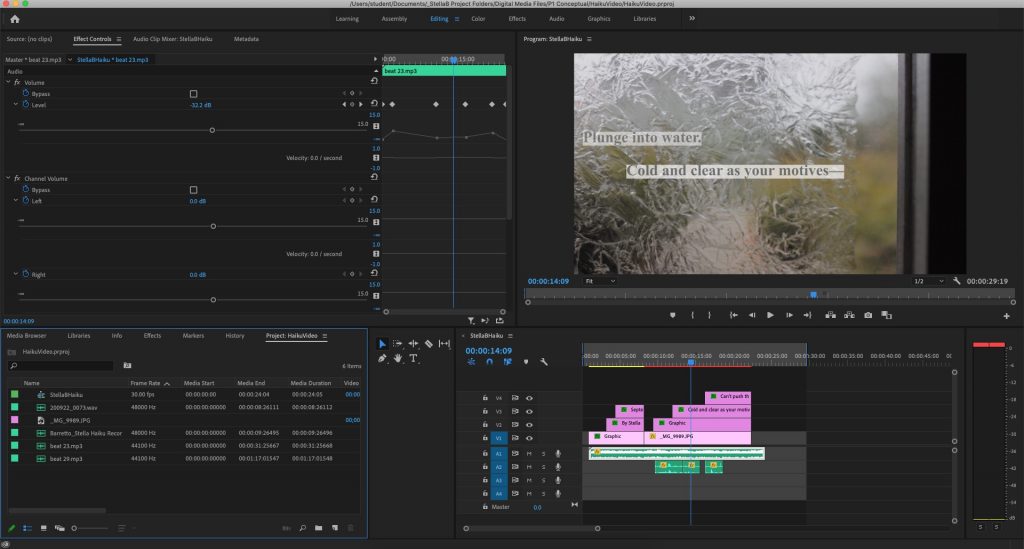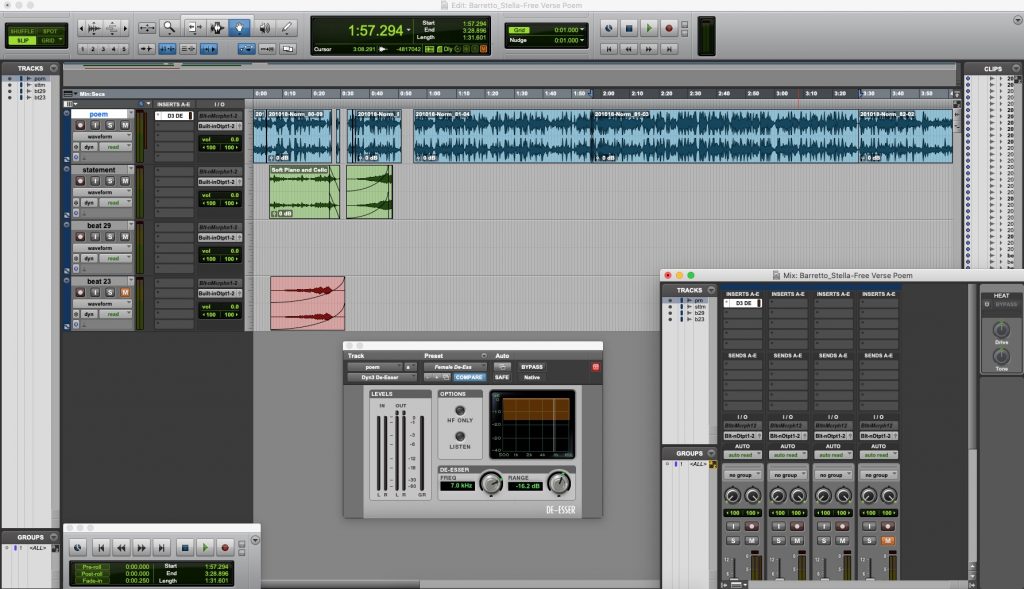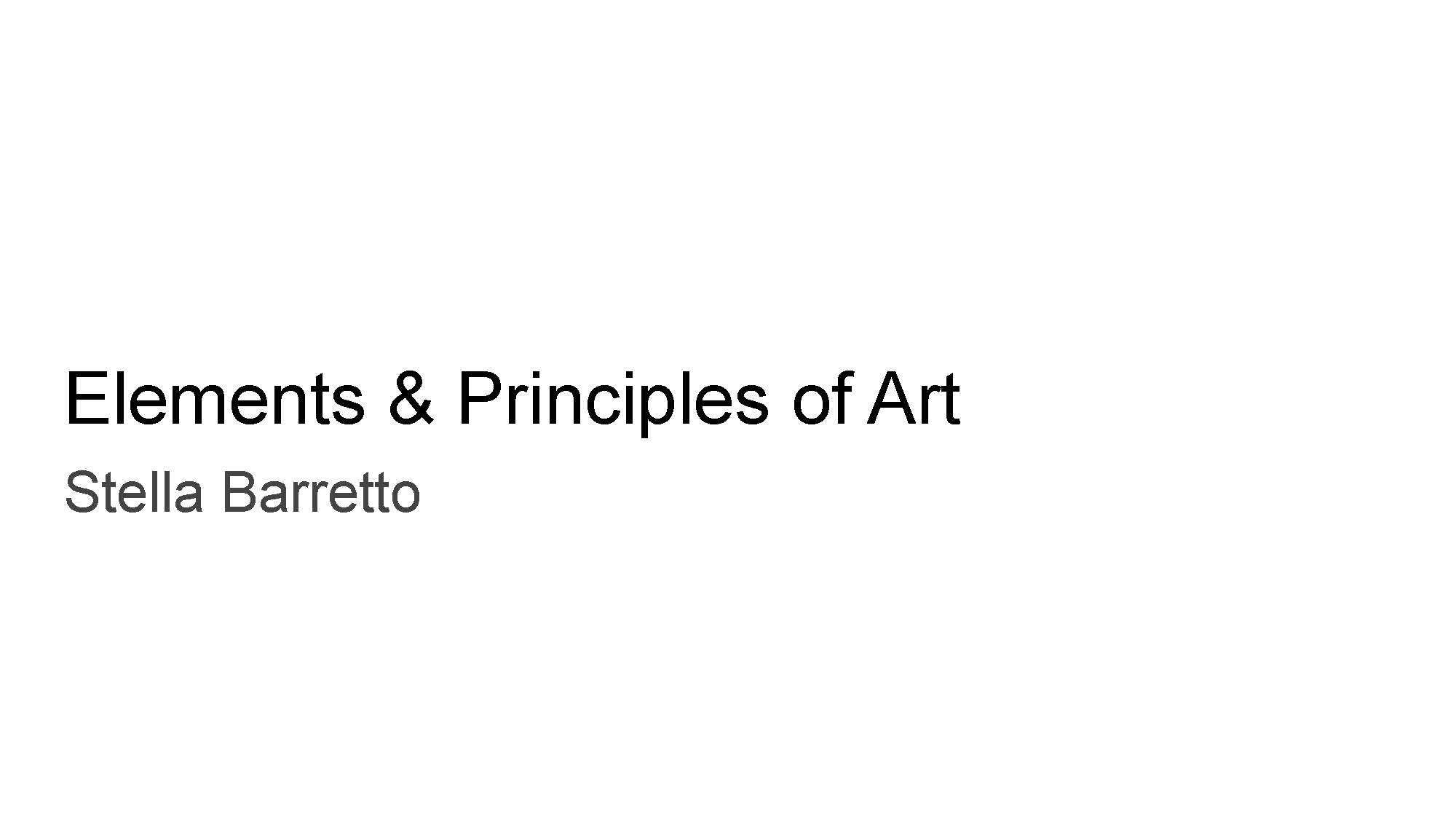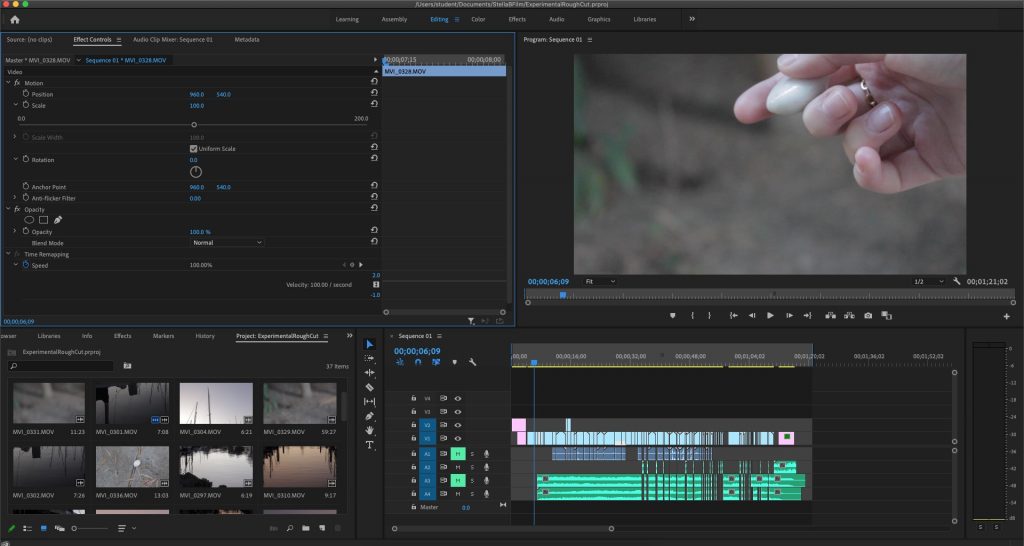Introduction
For the Conceptual Project, our goal was to develop our skills in abstract thinking and communication to answer the question:
“How can I use unconventional forms to express myself?”
This unit highlighted creative risk-taking through projects such as poetry, music, and experimental film. In this unit, we learned an assortment of modern equipment and applications used by professionals to build our technical communication skills. These applications and equipment include DSLR Cameras, Tascam Audio Recorders, Adobe Photoshop, Adobe Premiere Pro, Adobe After Effects, Avid Pro Tools, WordPress, and Google apps.
As a Freestyle student, I really value the freedom and opportunities we have to express ourselves. By being introduced to new forms of media, we have access to so many outlets for taking risks and being creative. It’s been really great to try out new programs and projects that I otherwise would never have tried. The approach to learning at Freestyle is so great because it combines and connects so many skills.
Haiku
For our haiku assignment, we were given a randomized conceptual statement and had the task to write a haiku reflecting the statement. This was a challenging assignment because with so few lines of poetry, everything had to be very intentional. We began with writing the haiku, then we worked in Premiere Pro and Pro Tools to create a haiku video.

In the haiku project, I valued the integration of two different skills: haiku writing and video production. It was great to see the connection between the two projects in Digital Media and English class. I thought it was a rewarding experience to combine the two skills to form a final product.
Poetry
In English, we experimented with different forms of poetry and studied different poets. For the poetry project, we were given free rein to write a free-verse poem. In this unit, we learned a lot about poetic devices and techniques to write an effective poem. In Digital Media, we used Tascam Audio Recorders and Pro Tools to record our poetry. Then, we used Photoshop to produce an image to represent our poetry.
Intention Statement: “Eyes of the Garden” is an ekphrastic free verse poem in response to Van Gogh’s “Giant Peacock Moth”. The speaker in this poem is observing and analyzing what is happening in the scene depicted in the painting. What drew me in about this painting is the colors and the texture of the piece. My goal for the beginning of the poem was to use imagery and descriptive language to describe and paint a picture of the scene shown in the painting. I wanted to represent the organic style of painting and the use of vibrant colors. To describe the scene, I used strong verbs like “quivering” and “warping” as well as imagery shown in “paper wings” and “sea of blue sky”. In using alliteration, I added to the flow of the poem to mirror the cohesiveness of the colors and painting techniques used in the artwork. When looking at the artwork, the colors seemed to blend together and flow throughout the painting. I wanted to represent this in the beginning of my poem. Halfway through the first stanza, I introduced the “bright eyes” and “face” in the garden, representing the presence of the moth. This leads to the point in the poem where the tone shifts from calming and serene to a more speculative, foreboding, and almost sinister tone. Upon further research of the artwork, I learned that Van Gogh gave the Giant Peacock Moth the name “Death’s Head Moth” which seemed to contrast the bright colors and organic movement of the piece. This also led me to speculate why a moth, a nocturnal insect, would be in a garden during the day. In this poem, I wanted to explore the contrast between the visuals of the artwork and the more sinister and confusing concepts behind it. This contrast is represented in the tone shift. To represent my confusion about the piece, I introduced the tone shift in the form of the speaker asking a question: “Searching but for what?”. I then repeat words and phrases from the first stanza for the purpose of revealing more complicated ideas behind the seemingly innocent and serene scene the speaker describes. “Quivering in the sea of blue sky” is mirrored with “Quivering in the wind or in fear?”. In the ending portion of the poem, I used enjambment to add in the effect of revealing what is truly going on in the poem and cause the reader to slow down. During peer review, my readers enjoyed the descriptive language and imagery in the poem but suggested that I add more of a tone shift and incorporate a storyline into the poem. In response to this, I added a tone shift to break up the poem. I made the poem read like a thought process after the tone shift to contrast with the descriptive nature of the first stanza. When exploring tone shift, my inspiration came from “A Night at the Opera” by D.A Powell. In this poem, the author uses enjambment to create a sense of foreboding up until a reveal of insight at the end of the poem. I tried to incorporate a similar sense and tone in the ending of my poem. In the end, I titled my poem “Eyes of the Garden” to lead the reader to believe that the poem would be descriptive and innocent while the real meaning behind it would be the more confusing storyline of the moth in the garden; the “eyes” being the pattern of the moth’s wings.


In producing this poem, I valued the integration of different forms of media to create a finished product that expresses the meaning behind the poem. In doing the audio, I was able to add more intentional choices in my poetry to invoke feelings from the audience. In photoshop, I valued taking my writing and turning it into something visual. Overall, I valued how all these skills came together to create a product that captures my poem.
Elements & Principles of Art
This assignment was to create a presentation showcasing the Elements of Art and Principles of Design. The goal of this was to become familiar with these elements and principles so that they can be implemented in future projects.

Experimental Film
In Film, our assignment was to produce a film based on a conceptual statement assigned to us. We went through the process of pitching ideas, filming, and editing and producing our films. Since this was our first “big” film project, we were given a lot of creative freedom and room to mess around and learn new techniques. Film has been a great experience in learning so many new skills and learning to persevere.
Experimental Synopsis: The conceptual statement for my experimental film is expressing the feeling of distrust through swimming. My film will explore the feelings of swimming including plunging into water as well as the more abstract idea of swimming in anything. The film will follow an inanimate object as it falls through different locations and substances. Shots will include falling from the point of view of the object, the object itself falling, and the object suspended or almost “floating” in various locations. The feeling of distrust will be represented through a montage of these falling and floating shots. Falling shots will be reversed, sped up, and slowed down to represent the confusing and unpredictable feeling of distrust. In a way, the goal of the film is to cause the viewer to not trust what will happen to the object next. The film will begin with more mundane shots of the falling object: falling into water, falling from a tree, or falling onto the ground. As the film progresses, the shots will be from the point of view of the object and will switch between different angles and perspectives. The shots will then begin to be distorted in the form of being sped up, reversed, or slowed down. The variety of these shots will increase as the film goes on, the clips will become shorter and faster to disorient the viewer. Dispersed in these “falling” shots, there will be shots of the object seemingly floating or suspended in different locations: in darkness, in a liquid, outside, etc. The film will end abruptly with a shot of the object simply falling onto a grassy area. The overall idea of the film is to take the viewer on a confusing trip following the object and build suspense and confusion as the film goes on but then end it in a very simple and mundane way. This is to represent that it can be difficult and confusing to decide whether to trust someone, no matter how simple it may be in the end.
The process of producing this film began with forming an idea. We pitched our ideas to the class and were able to shape our films with the help of peer feedback. We then went on to write the synopsis (see above). After this, we jumped into filming; producing “dailies” to present to the class. We then dropped our footage into Adobe Premiere Pro to edit. We produced a rough take of our films and classmates were able to leave comments and feedback. Then, we went to work editing our final version of the film.

